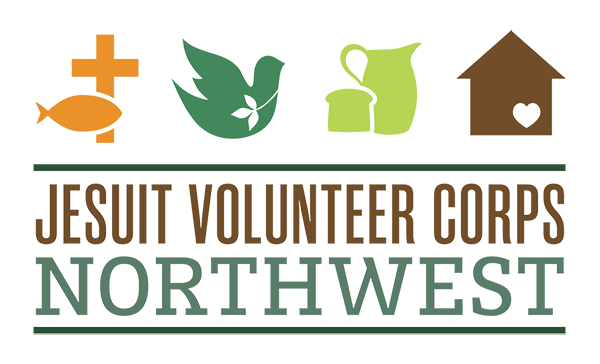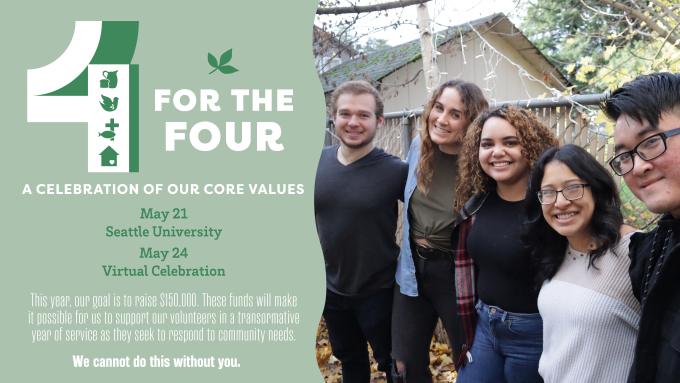In our latest AmeriCorps blog, former JV AmeriCorps member Steven Fisher (Anchorage, AK ’16-17), who served at the American Red Cross of Alaska, shares his experience serving clients affected by the natural disaster that struck St. Lawrence Island.
On January 4, Alaska Dispatch News released notice of a Bering Sea storm that struck the villages of Gambell and Savoonga on St. Lawrence Island. Ocean surges, 75 mph hurricane winds, and blizzards damaged buildings and downed the phone lines in Savoonga.

A few days later, the Fairbanks Disaster Program Manager and I departed from Anchorage to reach Savoonga to assess the extent of damage, overall impact, weather conditions, and demographics of Savoonga as a disaster-affected community. Two staff members from Emergency Management from the State of Alaska arrived a day earlier, and we worked together in a coordinated effort.
Mayor Myron Kingeekuk immediately met us upon landing in Savoonga. We dropped off our bags at the old VPSO (Village Public Safety Officer) office and, without pause, began to gather information. We met with the school that sheltered residents during the storm. We learned that the wind had tossed and upturned four wheelers as people rode to the school for shelter. With low stocks of food at the store, shelter residents depended on staff food for families resting in the gym.
The next day and a half involved us slipping over the ice visiting each home in Savoonga. To accurately and consistently record the damage on each dwelling, we spoke with someone from each home and wrote their information on a chart and map, scribbling “heat lost in home” or “75% roofing off house.” For one home, a 16-foot wall had been torn off. With most dwellings having at least exterior damage, we assessed 22 homes had endured significant structural damage and one home had been completely destroyed with no repairs feasible.

We observed the damage of each home, but more importantly, listened to the stories of families who weathered the storm, filled with awe at their resilience and their focus on the safety of others. Nobody was hurt in the storm. More people expressed concerns for the homes of their parents and their grandparents than their own. One father offered to snowmobile me back to homes where people had gone hunting for the day. A table of elders deliberated over how this would burden the lack of subsistence food from melted ice. Rather than encountering stories of distress or exasperation, I encountered a community with the stimulus to rebuild and face the ambiguous reality of what’s next.
After sharing our findings with our Red Cross of Alaska colleagues and division leaders, we opened relief operations for those whose homes were most impacted by the storm; in total, we provided assistance to 127 individuals on our last night in Savoonga. This served as immediate assistance before Emergency Management could present their assessment to the Disaster Policy Cabinet, where the Governor could declare a state disaster. This occurred on February 1st.

That night, news hit that a few boats had hunted a whale. Kids would ask if we’d heard about the whale as they rushed to the coast. Our counterparts in Emergency Management and I huddled together until 5:00 AM with everyone from Savoonga telling stories as we watched trucks haul a 200-ft bowhead whale onto the beach. Where the storm brought loss, the whale brought hope, regaining of control, nourishment, and well-being.
For the next month after I left Savoonga, a team of volunteer caseworkers and me followed up with families to see how they were doing and where we could provide further assistance. The Fairbanks Disaster Program Manager kept in touch with the school to offer shelter training to both school staff and Savoonga residents in the coming months.
Since my time in Savoonga, new disasters emerged and different communities welcomed me throughout Alaska. A few months after the disaster, Alaska Dispatch published an article focused on Savoonga. This time it was not about a storm, but rather a community celebration: the anniversary of Savoonga’s first landed whale 45 years ago. I smiled seeing the photos of familiar faces singing, praying, and eating muktuk from bowhead whale. Missing everybody I had met, I gave thanks for everybody’s safety.

